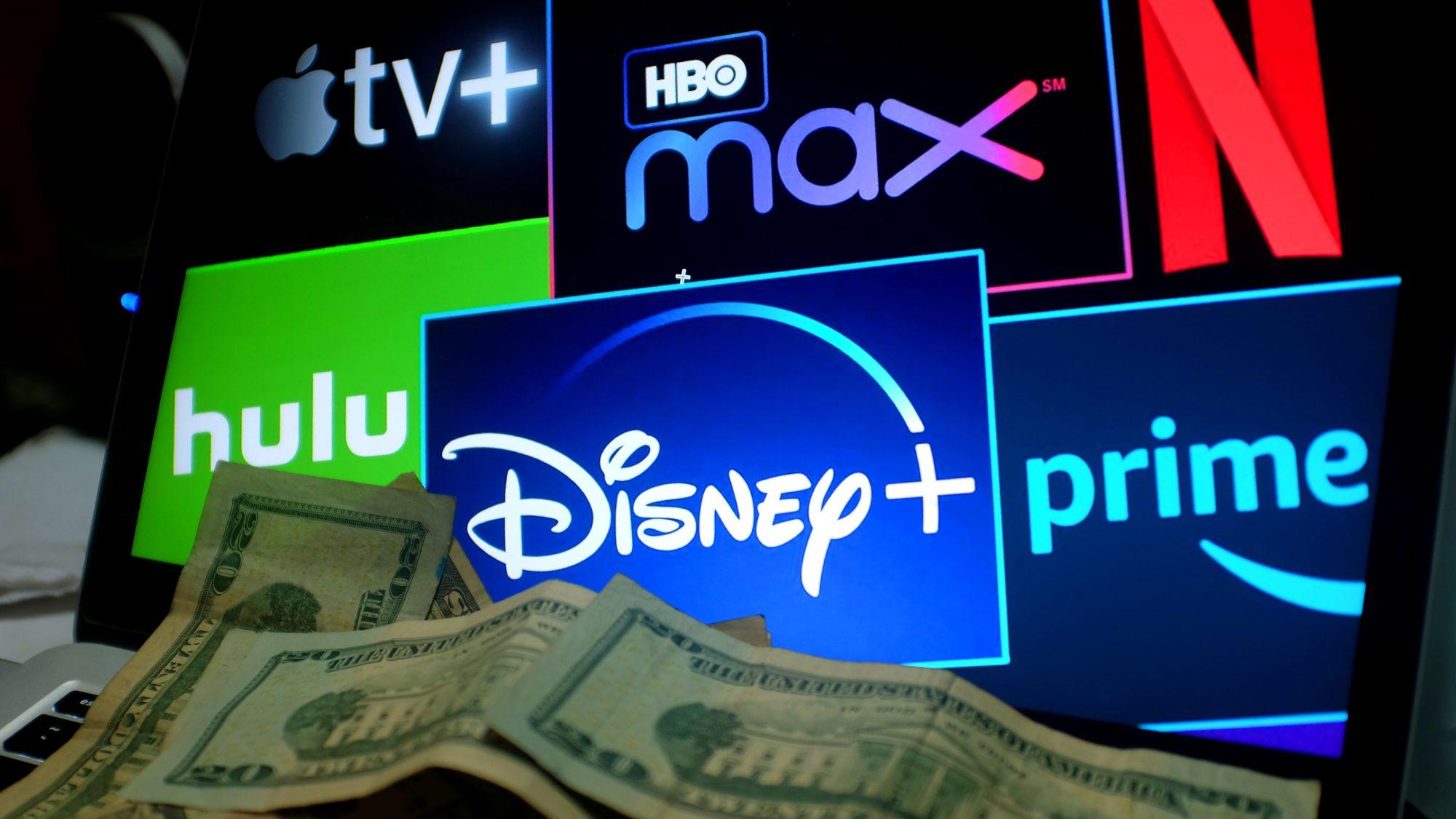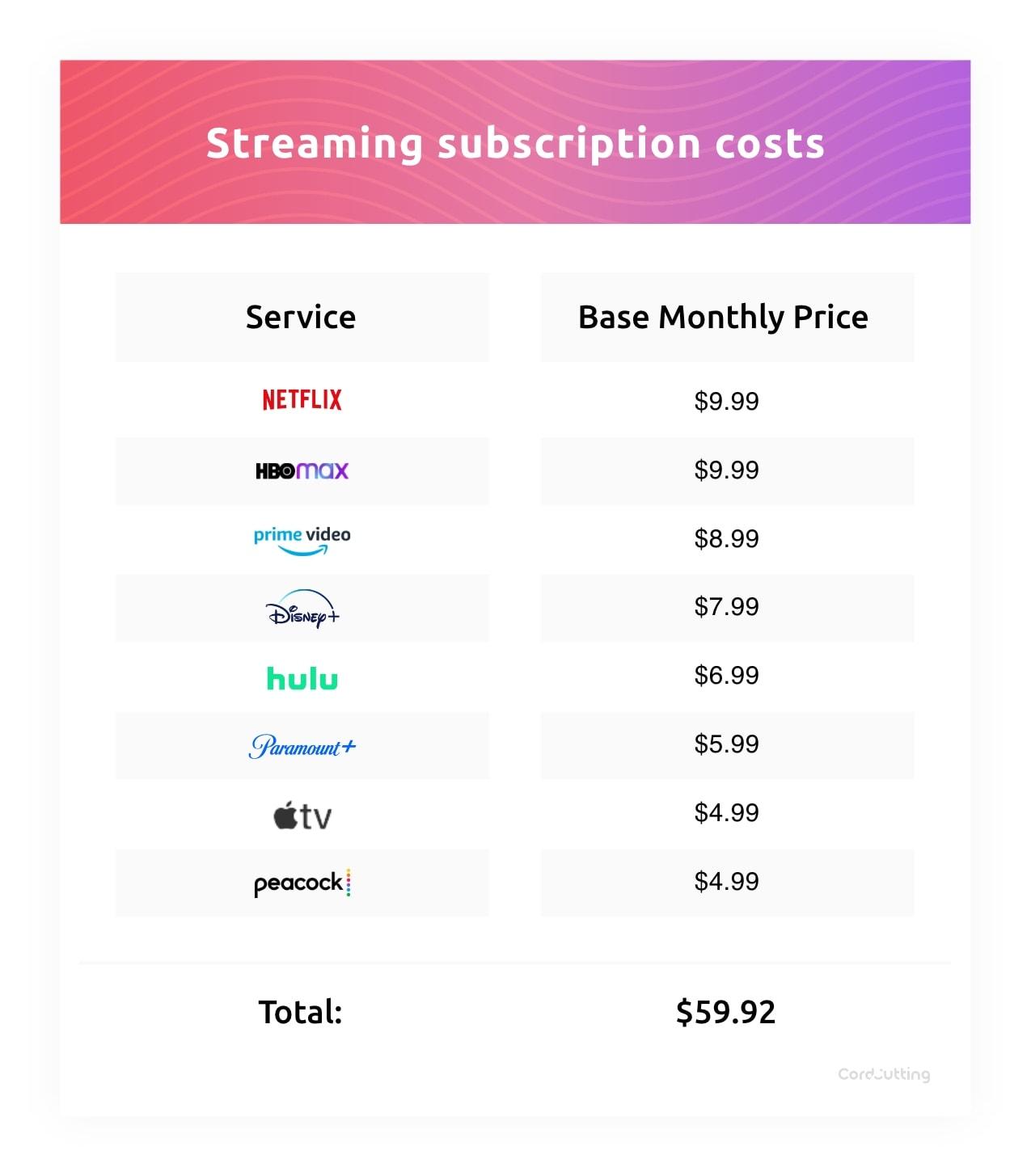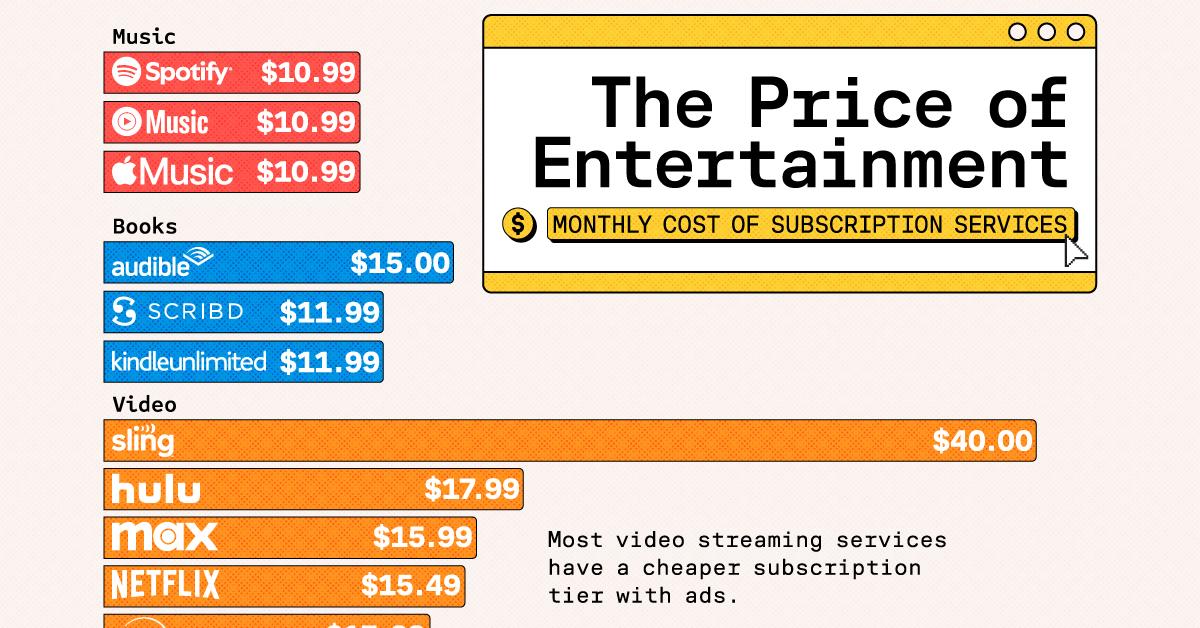In recent years, the landscape of entertainment consumption has undergone a seismic shift, with streaming services rapidly supplanting traditional cable as the preferred medium for audiences worldwide. As platforms like Netflix, Disney+, and Amazon Prime Video continue to expand their content libraries and invest in original programming, the associated costs for consumers have seen a steady rise. This trend raises a pertinent question: Are streaming subscription prices reaching unsustainable levels? This article delves into the economic factors driving these price increases, examines the impact on consumer behavior, and explores the broader implications for the future of digital entertainment. Through a careful analysis, we aim to provide a comprehensive understanding of whether these escalating costs are justified or if they risk alienating the very audience they seek to capture.
Impact of Rising Costs on Consumer Choices
As the price of streaming subscriptions continues to rise, consumers are finding themselves at a crossroads, evaluating their options more critically. With each service offering exclusive content, the decision-making process becomes increasingly complex. Budget constraints are forcing many to prioritize their subscriptions, often leading to a re-evaluation of which platforms provide the best value.
Several factors influence these decisions, including:
- Content Library: The breadth and exclusivity of available content.
- User Experience: Interface ease and streaming quality.
- Bundled Offers: Discounts or added services when combining subscriptions.
- Frequency of Use: How often the service is accessed by the user.
As prices rise, consumers may also explore alternative entertainment options, such as free ad-supported platforms or even a return to traditional media. The balance between cost and value is becoming a pivotal aspect of consumer choice in the streaming market.

Evaluating the Value Proposition of Current Streaming Services
In the ever-evolving landscape of digital entertainment, understanding the value proposition of streaming services has become crucial for discerning consumers. With a plethora of options available, each platform offers a unique blend of content, features, and pricing. However, as subscription costs rise, it’s essential to scrutinize what you’re truly getting for your money.
Key aspects to consider include:
- Content Variety: Are you getting access to exclusive shows, movies, and originals that align with your interests?
- Usability: Does the service offer a user-friendly interface with features like offline downloads and personalized recommendations?
- Device Compatibility: Is the platform accessible on all your preferred devices without any additional costs?
- Quality of Streaming: Does it provide high-definition streaming with minimal buffering?
- Ad-Free Experience: Are you paying extra for a completely ad-free experience, or is it included in the base price?
Analyzing these factors can help determine whether the subscription price aligns with the value provided, ensuring that you’re not overpaying for features you rarely use.

Comparative Analysis of Streaming vs Traditional Media Expenses
- Initial Costs: Traditional media often requires significant upfront investments such as cable box rentals, satellite dishes, and installation fees. In contrast, streaming services generally demand only a subscription fee, making the initial cost relatively lower.
- Monthly Expenses: While cable and satellite packages can range from $50 to $150 per month, streaming services offer more flexibility. With multiple options like Netflix, Hulu, and Disney+, users can tailor their subscriptions to fit their budget, though the cumulative cost can rise quickly if multiple services are subscribed to simultaneously.
- Additional Fees: Traditional media often includes hidden costs such as regional sports fees or DVR service charges. Streaming services are typically more transparent, but recent trends show an increase in tiered pricing, where premium features like ad-free viewing or additional screens cost extra.
- Value for Money: Traditional media offers a wide array of channels, but often includes many that go unwatched. Streaming allows for more personalized content consumption, providing users with the ability to choose exactly what they pay for, though the cost-effectiveness diminishes if multiple platforms are required to access desired content.
while streaming services initially appear more economical, the overall expense can rival traditional media if not carefully managed. As subscription prices continue to rise, consumers must weigh the convenience and flexibility of streaming against the comprehensive packages of traditional media to determine the best fit for their entertainment needs.

Strategies for Managing Subscription Budgets
To navigate the rising costs of streaming subscriptions, it’s essential to adopt effective financial strategies. One approach is to prioritize your viewing habits. Assess which services you use most frequently and consider downgrading or canceling the ones you rarely watch. You might be surprised at how many subscriptions you can trim without impacting your entertainment experience.
Another strategy involves taking advantage of promotions and bundles. Many platforms offer discounts for annual subscriptions or bundle deals that combine multiple services at a reduced rate. Additionally, don’t overlook the potential of sharing subscriptions with family or friends, which can significantly cut costs. Lastly, periodically review your subscriptions to ensure they align with your current interests and budget constraints.
- Evaluate and prioritize essential services
- Look for annual discounts or bundles
- Share accounts with trusted individuals
- Regularly reassess your subscriptions



